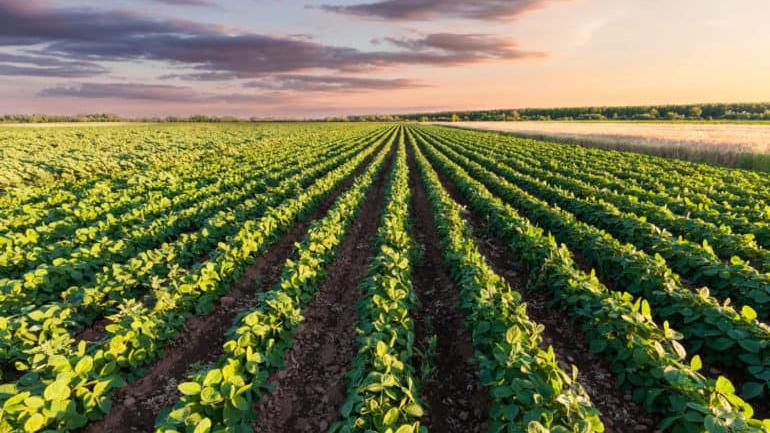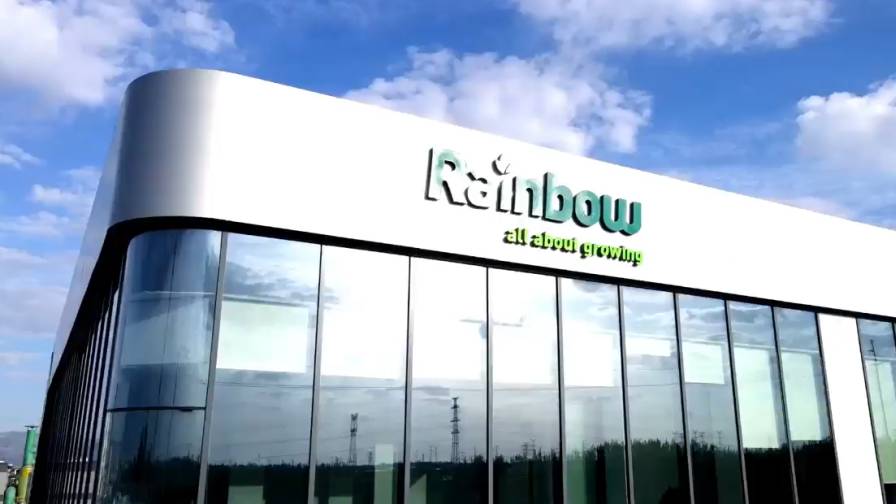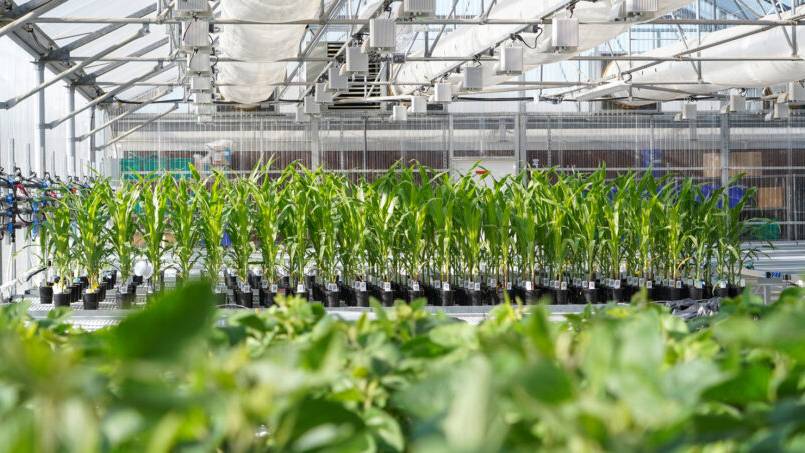Adjuvants Energize the Crop Input Market in Brazil

Alan Stern, technology manager at Huntsman Performance Products in Texas, is well acquainted with Brazil’s growing appetite for increasingly technical, sophisticated formulations. The United States remains the world’s breadbasket, but this is the country that could one day snatch that mantle away.
Stern has visited Brazil about twice a year for the last seven years to meet with agchem producers, both multinationals and local companies. “After doing this for so long, it’s possible to get to know the clients well. We have occasionally invited researchers from Brazil to visit us in our lab near Houston to share formulation technology,” he said.
“The ag formulators in Brazil and South America in general are eager to upgrade and differentiate their offerings,” and several companies in Latin America have recently contacted him about interfacial microencapsulation technology – a formulation that offers lower dermal toxicity to the applicator and extended pest control from the chemical being applied. He helps them to develop the technology using the necessary monomers, dispersants and knowledge.
Discussion of green technologies like these dominated the 10th International Symposium on Adjuvants for Agrochemicals (ISAA 2013), held fittingly in the home of the world’s largest crop protection market, valued at $9.7 billion in 2012, according to Agranova/Cropnosis.
“The agchem market is important in Brazil, but it’s not limited to that. It’s a bigger market for adjuvants as well. There is a newer challenge here – it is harder to kill weeds – and there is a need for better management that can enhance efficiency,” said Flavio Matarazzo, ISAA keynote speaker, veteran agronomist and marketing manager at De Sangosse Agroquímica Ltda.
Increasing pest resistance, secondary pests such as maize aphids and diseases such as Asian rust and white mold are becoming a bigger problem in the country’s farmlands, where the soil is pushed to the limit with two to three annual harvests. “We need a better canopy, and adjuvants are very important to manage this,” Matarazzo said in an interview with FCI.
Scientists presented dozens of papers on new formulation enhancer technologies over the course of the event. What caught Matarazzo’s attention? Surfactants that improve water content in the soil, he said.
As far as adjuvant opportunities for prospective investors in Brazil, some stood out more than others. They are as follows:
■ Replacements of nonylphenol ethoxylate, which is already banned in one Brazilian state.
■ Adjuvants with low eye irritation which could eventually lead to elimination of fatty amine ethoxylates.
■ Green adjuvants such as methylated seed oils (aka biodiesel) and their formulations, and organomodified siloxanes continue to have an important niche due to their unique wetting, penetrating and/or spreading properties.
■ Pesticide resistance, whether glyphosate-resistant weeds or insecticide-resistant insects such as bedbegs, will continue to create opportunities for innovative products with different modes of action.
Dow Chemical (not AgroSciences, to be clear) launched what it calls its Crop Defense Solutions unit at the event to capitalize on the greater call for adjuvants in agriculture worldwide. Clint Schmidt, strategic marketing manager at Dow, said agchem customers in Latin America are searching for new products that fit the regulatory requirements and the most important market trends – namely, products that are biodegradable, have low toxicity and are friendlier to the environment. Dow is placing its bets on Ecosurf EH, its high-performance, biodegradable, “bridging” specialty surfactant.
“We’ve seen strong interest in many of our adjuvant formulations, specifically for in-can and tank mixes in the crop defense solutions market,” Schmidt said in an interview. “One of the key points for Brazil is performance enhancers. Technology is fundamentally changing. The last 10 to 15 years have brought new diseases and the need for drift control, and these things have created new complexity. I see it as a challenge … We expect to have large growth in the region,” he said.
Heady progress aside, Brazil will likely keep its reputation as one of the world’s toughest markets to break into. Under its notoriously complex regulatory system, a company must submit its dossier to three separate authorities (MAPA, ANVISA and IBAMA), each of which has different requirements. Adjuvants and pesticides are treated the same, although biopesticides are typically granted fast-track designation with a 1.5-year timeframe for approval. Approval timelines for generic products, by contrast, currently run at longer than five years.
Fabio Domingues, director of Vigna Brasil Group and lecturer at ISAA 2013, said adjuvants are commonly misunderstood by Brazilian authorities; conflicts of interpretation are de rigeur.
“There are some companies together with the AENDA (Brazilian Generics Association) that are making some effort to get the authorities to align their knowledge about adjuvants, but mainly, to find a new feasible registration system and quality control methodologies,” Domingues told FCI.






